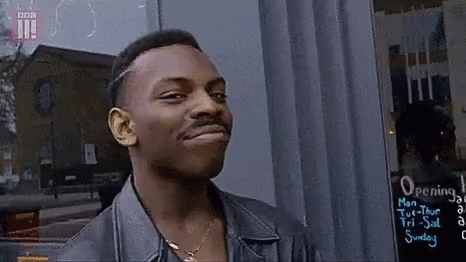Hey.
So, this week we focused on a lot of things. The idea of ‘Network Literacy’, Web 2.0, and the idea that the web and the internet are different.
What.

Let me start from the start.
We discussed how our generation could be considered ‘Network Literate’, which put simply means having peer understanding of the codes and conventions of using the internet. Almost like being being literate in university and understanding that using “&” is lazy, using simple grammar and referencing properly. My man Adrian Miles further elaborates on this in ‘Soft Cinematic Hypertext (Other Literacies) by writing that, “The most basic quality of network literacy is recognising that content and its containers… are distributed across the network, and that we weave these together very easily using simple protocols that were developed to allow ‘inter’ and ‘intra’ communication” (p. 203).
It’s crucial to note that it’s almost like a “common sense” factor, the internet has been developed over time to keep the interface simple to use across all demographics, depending where you are exploring. If a user delves into a website which requires binary code knowledge, then of course there will be confusion. But, everybody knows how to use Youtube and Facebook (hopefully).

Now, Web 2.0 segues into this nicely. Remember back in the day with the dial-up modems and how your mum would stop the internet with the overseas family calls? That’s Web 1.0 (just wait and see where i’m going with this). Web 1.0 contained a set formula of websites users could access for different uses. If they needed quick information, they would access Britannica Online, if they wanted to blog they would have to make their own personal website. This form of internet became quickly very exclusive and required a higher learning curve for users to use. Then came the glorious Web 2.0, with its Wikipedia’s, and BitTorrent’s and wiki’s. The interface allowed millennials and Gen Xs to shitpost all to their liking.
Martin Lister explands on this in ‘New Media: A Critical Introduction’ by stating that, “The O’Reilly Web 2.0 manifesto can be read as a sharp abstraction of the net based communication practices taking off at the time of its conception. The success of SNS, blogging and Wikipedia all provided the evidential context for the Web 2.0 proposition (p. 206).” Basically, users were able to understand Web 2.0 much easier as the perceived affordances (going back to last week) had been overcome.
Which feeds into what is the web and the internet.

Essentially, the internet is the “all over” service, it’s the Facebook’s and the Youtube’s. Whereas the web is the code and system that is imbedded into the internet, it is the XML, the RSS’ and the HTML in each website.
And I can’t think of anything else more to write.
Bye
References;
Lister, Martin, et al. New Media: A Critical Introduction. Routledge, 2009.(Networks, Users and Economics 163-169/ Wiki Worlds and Web 2.0 204-209/The Long Tail 197-200/User-generated content, we are all users now 221-232)
Miles, Adrian. Soft Cinematic Hypertext (Other Literacies). RMIT University, 2012. (Network Literacy: The New Path to Knowledge 201-208)
